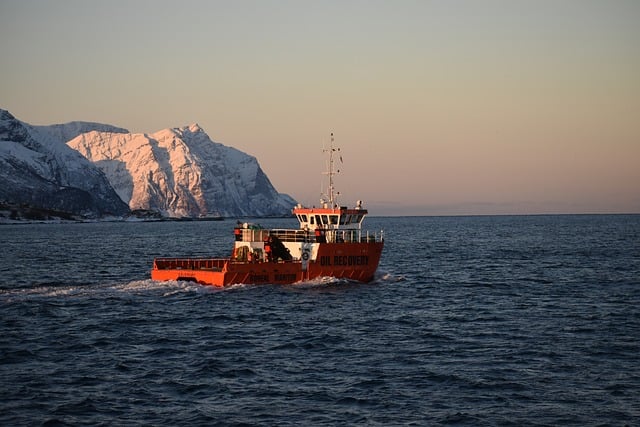Understanding Risks and Rewards on High-Tier Moons
Ready to leave the relative safety of Experimentation? High-risk moons like Rend, Dine, and Titan promise lucrative scrap hauls but teem with lethal threats. This guide details the strategies needed to survive these deadly environments and boost your profits for the Company.
Moon Selection and Risk Assessment

Choosing the right moon is crucial. Assess factors like potential enemy types (check the bestiary!), indoor layout complexity (sprawling factories vs. tight mansions), and current weather conditions at the terminal. A foggy Rend presents vastly different challenges than a clear Titan.
Team Composition and Role Specialization
Lone wolves rarely survive high-tier moons. Effective team coordination is paramount. Assign roles: a dedicated 'Terminal Operator' guiding teammates from the ship, a 'Scout' leading the way, a 'Defender' carrying Stun Grenades or a Zap Gun, and 'Haulers' prioritizing bringing scrap back. Constant, clear communication via walkie-talkies is non-negotiable.
- **Terminal Operator/Ship Duty:** Monitors crew vitals, opens security doors, relays monster locations, uses teleporter/inverse teleporter strategically.
- **Scout/Point Person:** Leads the way, checks for traps, uses Pro-Flashlight. Communicates hazards.
- **Defender/Support:** Carries Zap Gun, Stun Grenades, or Boombox to manage threats and cover retreats.
- **Hauler(s):** Focuses on carrying scrap back to the ship, ideally escorted or during lulls.
Efficient Scrap Collection Strategies
Time is credits. Prioritize high-value scrap (e.g., Gold Bars, Cash Registers, Paintings) over low-value items (e.g., Metal Sheets) when time or carry capacity is limited. Learn typical loot distribution patterns within different facility types. Use the ship's scanner (`scan` command) to identify item values and locations remotely, guiding your team efficiently.
Monster Management and Evasion Techniques
Knowing your enemy is half the battle. Study the bestiary! Learn each creature's unique audio cues, movement patterns, and weaknesses. Example: Briefly glance at a Bracken to halt its approach, then look away and retreat calmly – prolonged staring enrages it. Use noise (dropping items, yelling, Boombox) strategically to distract certain threats like Eyeless Dogs.
Strategic Ship Upgrades and Investments

Spend credits wisely on upgrades. The Teleporter can save a stranded crewmate (though they drop items). The Inverse Teleporter is risky but can speed up entry. The Loud Horn helps manage outdoor threats like Eyeless Dogs. A well-placed Boombox can distract enemies, buying precious time. Don't neglect essentials like Walkie-talkies and better Flashlights early on.
Advanced Tips for Survival

Beyond the basics, look for efficiencies. Learn optimal routes through facility layouts. Pay attention to subtle clues, like locked doors hinting at apparatus locations. Master advanced movement techniques like crouch-jumping for speed. Experiment with item interactions – did you know a dropped Zap Gun can briefly stun pursuing enemies?
